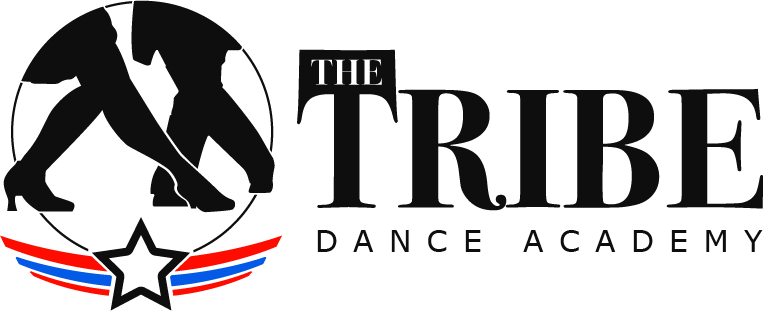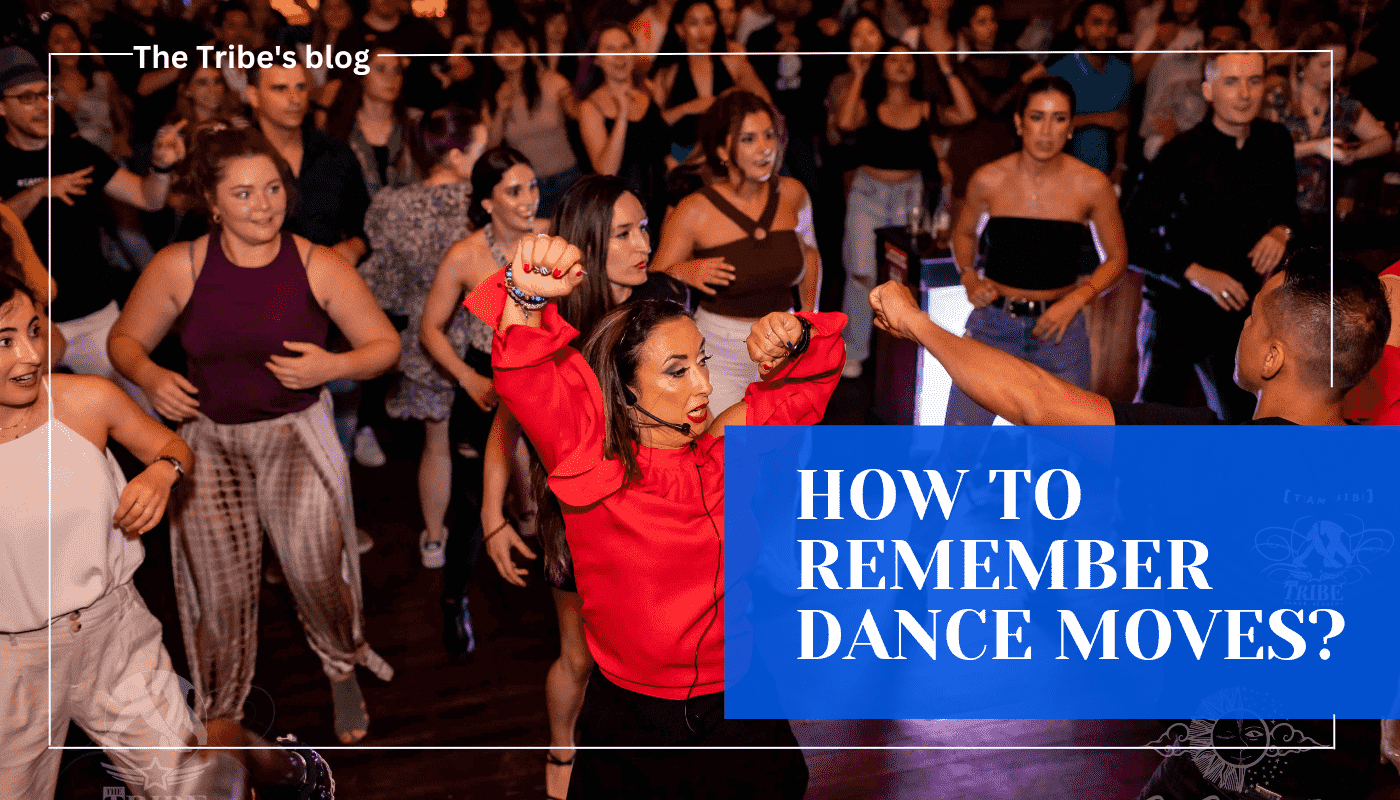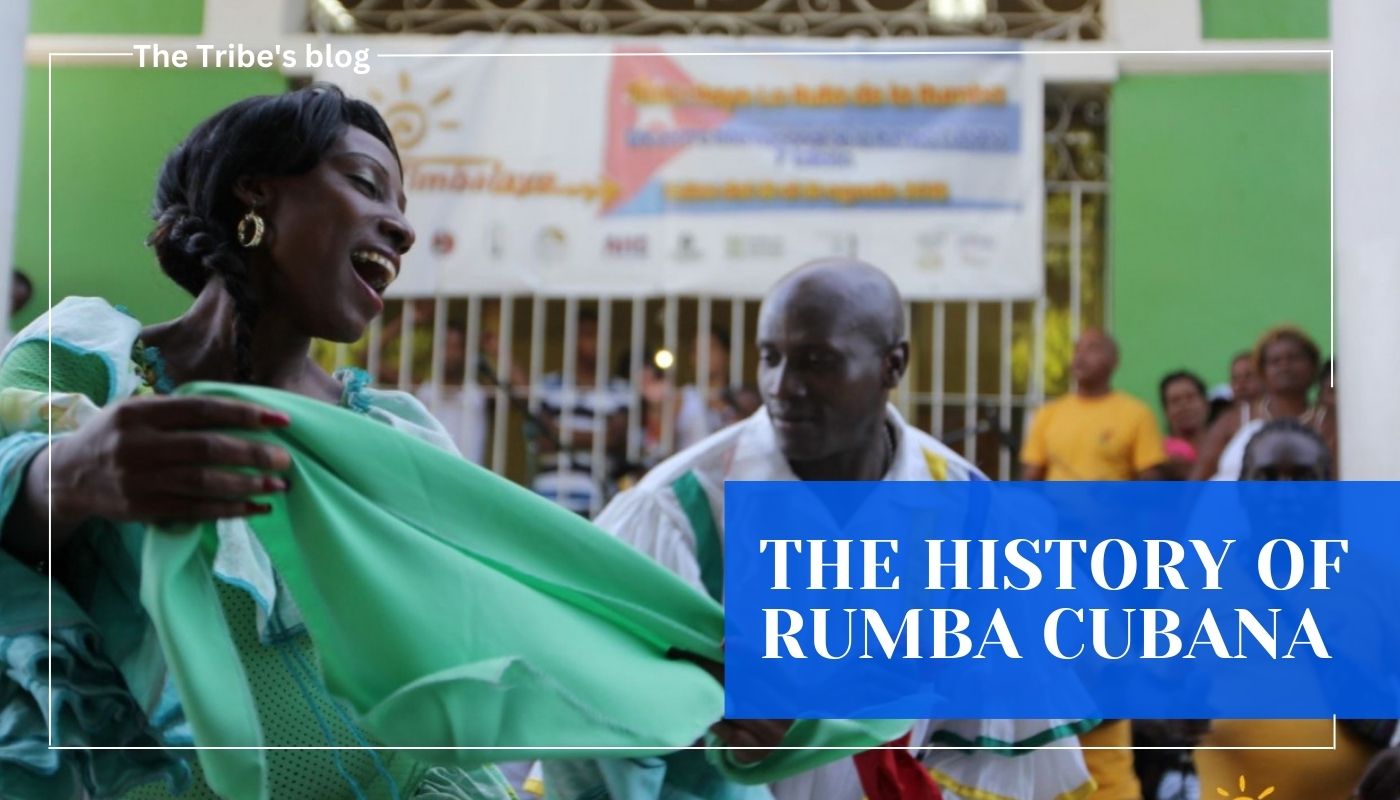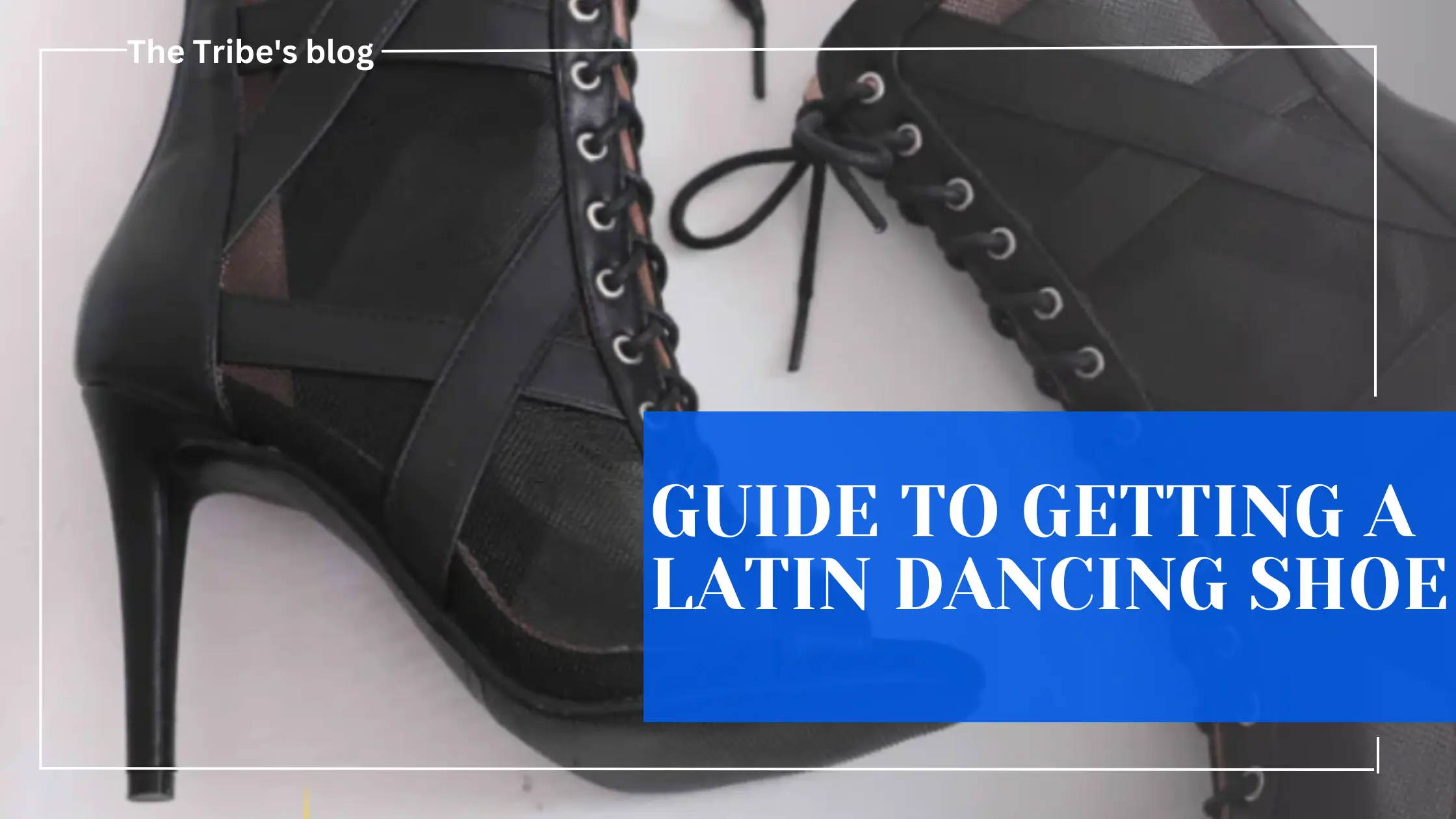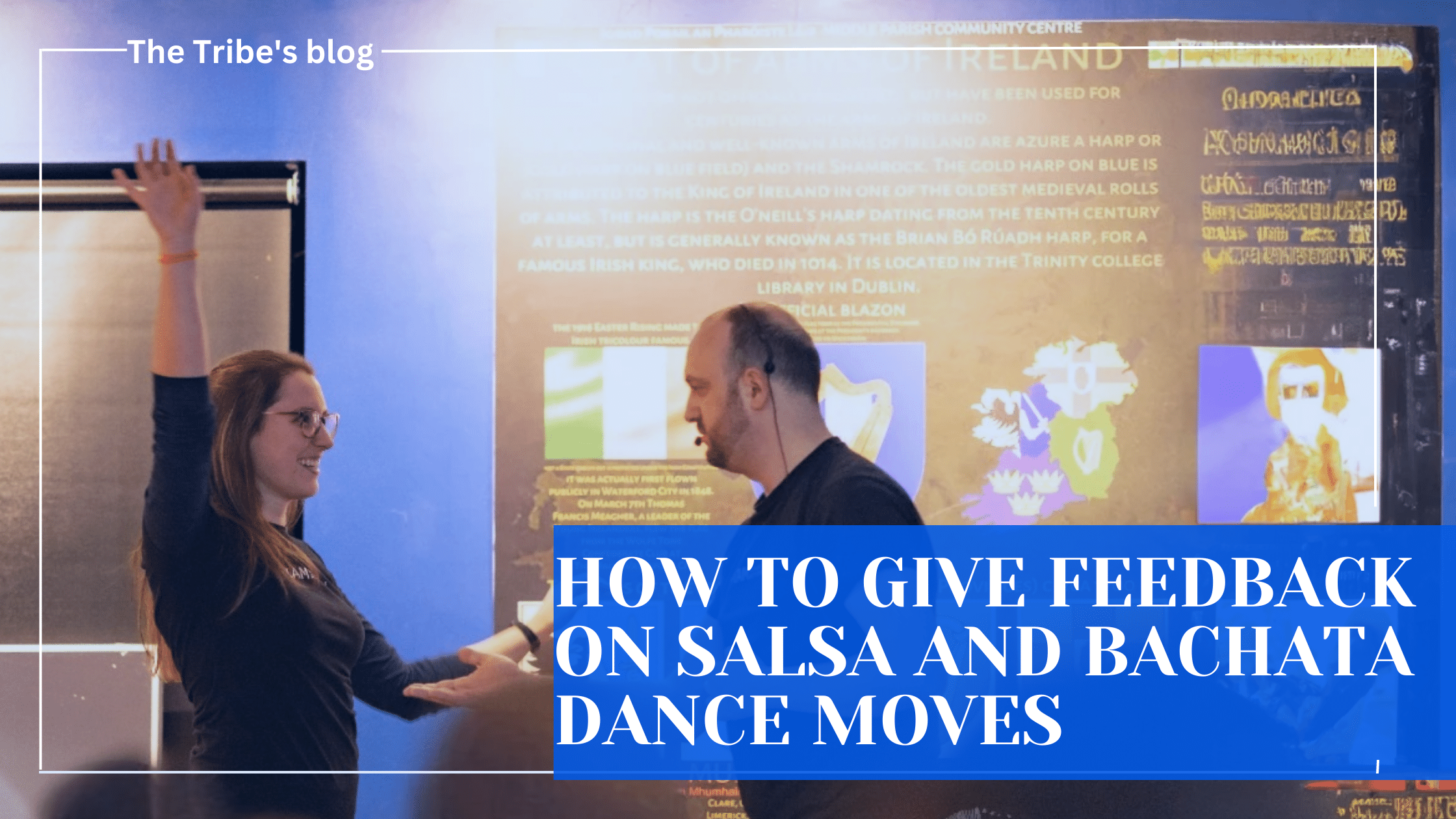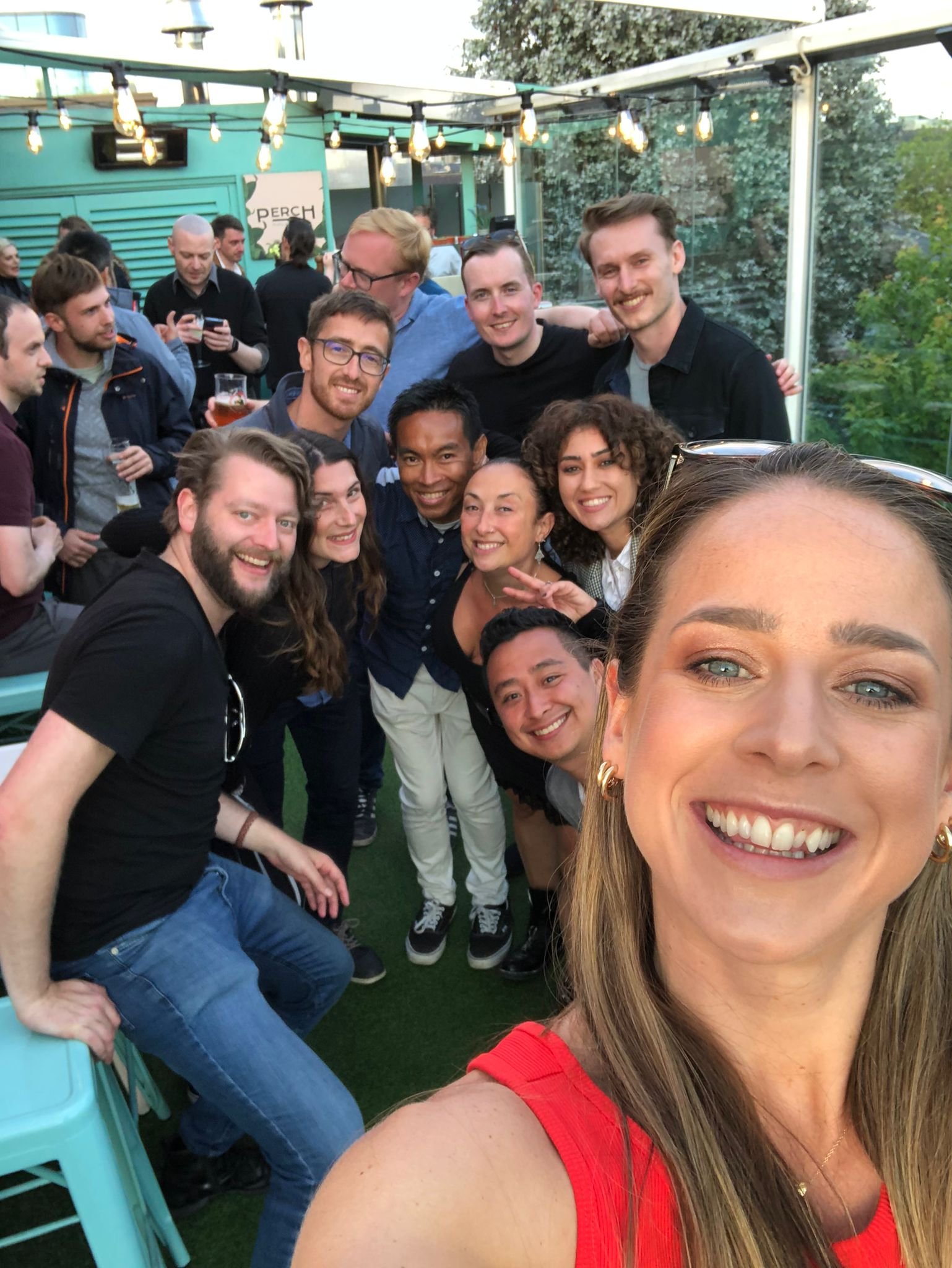You know this moment when you are about to start dancing, and your mind goes blank? The “oh shit” moment when you can’t remember what you are supposed to do?
We all have these. Newbies, veterans, teachers even! No matter how experienced we are, nobody is safe from these situations. For leaders, it feels very awkward because of the responsibility we feel we have. So it’s easy to take it personally. But it has nothing to do with your identity, it’s just something that we ordinary humans aren’t very good at! And for followers, that’s the moment when it feels all clumsy and we don’t know what is going on. Again, that’s not because of being clumsy, simply the brain is too busy trying to remember while processing the stress of the situation. For followers as well as leaders, the stress of the situation is bound to make us all uneasy and this will reflect in our bodies. That’s okay, the best way of dealing with this situation is to verbalise it. “I can’t remember the sequence” will not sound weak. Only human. And a show of vulnerability will help your partner connect with you, and you can bond together trying to remember what the bloody moves are!
Luckily, there are a few tricks we can use to make sure it doesn’t happen too often! That’s the point of this article, so let’s get straight into it.
Now let’s start with some definitions. When we talk about “moves”, we generally refer to the building blocks on 4 or 8 beats of the music, just for one musical phrase. When we talk about “sequences”, we are talking about a series of moves, maybe a series of 4, 8 or more moves that form the sequence we are learning in class, or performing on the stage. As such, a sequence can be as long as 32 or even 64 beats of music.
“I can’t remember the moves!” can actually mean two things, then. As we referring to a Move as described above? or to a Sequence?
Both can be remembered in different fashions.
Let’s start with Moves, as it is the easiest one. It will take only three words: Practice, Practice, Practice. Easy to say. And to do, that means going to the classes, even the beginner classes even if you’re a pro. That means going to the socials. That means practising the moves in the kitchen while you’re cooking, or in the garden while raking the leaves. For Moves, mastery comes from discipline. There is no other way.
But now, let’s talk about the sequences. That’s where it becomes a bit tricky, especially when there’s the pressure of performance, be it on the stage with the team or in the class, where things can go quickly. We have two tools to help us remember. Our brains, and our bodies. Mental memory and muscle memory. They both work together to help us deliver the sequence.
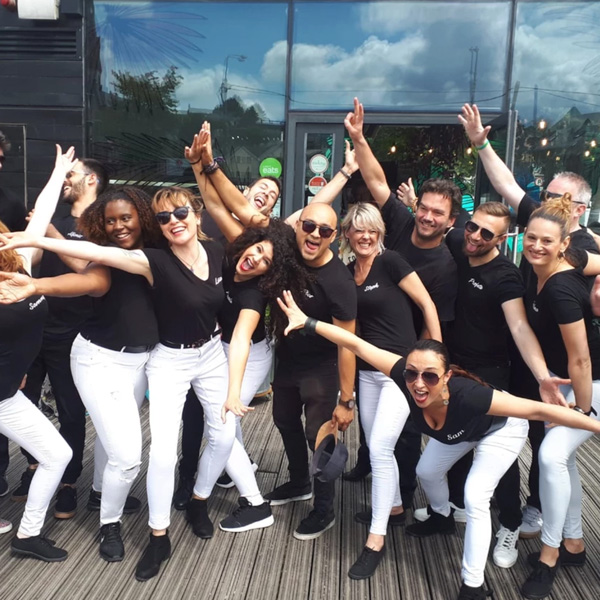
JOIN THE COMMUNITY!
DANCE WITH THE TRIBE
The free community to follow your passion and improve your skills...
- Content
- Articles
- Free lessons
- Tips
Muscle memory can be trained through practice, with a particular focus on transitions. We know the moves, we’ve done the homework! The problem is to remember which move comes after the other! And here, the transition is the key. Break down the sequence into pairs of moves. Moves 1 and 2, moves 2 and 3, and so on. Practice each pair of moves so that when you do one, your muscle memory knows what comes next! This is the exact same thing used by memory coaches: a piece of information in itself isn’t easily accessed. What we remember best are stories, and information linked together. So we practice the links between the moves.
Now, the mental memory. We can do a few things to help us remember. First, continuing on the same point, we need to write a story with a sequence of moves. And when I say “write”, I mean it literally. The first thing to do when preparing a big sequence for a show is to write it down, using your own descriptions of the moves. Musicians write their music, dancers write their moves! You want to mobilise all the memory aspects, movement, speech, writing… so don’t just practice it: write it down, say it out loud. But sometimes, we can’t just stop and write down the thing, for example, we’re in the middle of a class! So how do we do? We focus on actively remembering the first move. How did we start, was it a turn, and which hand- hold did we use…? If we get the first move memorised well, that’s most of the battle that’s won because then the muscle memory will kick in. This is generally sufficient for classes, as the sequences are relatively short and the teacher calls out the moves. But if you feel fancy and want to bust out a sequence for a performance or to woo a special someone (see the articles on romance on the dance floor), here are a few memory tricks to help you memorise the sequence.
Association is key. What does this move inspire you? A double turn looks like a tornado, or a dive looks like a swan extending its neck to go nibble on something underwater. Associate a narrative element with each move. And then, the sequence can be memorised as a story, and it will stay in your mind much better. Taking the example above, a double turn into a dive becomes a story where I was at the park and thinking it was time to go home because there was a tornado raging in the distance. And as I looked at the pond, I noticed this swan, blissfully unaware of the impending doom, just reaching down into the pond to go eat some algae, or whatever swans eat. A story stays in your mind much better than a list, so turn the list into a story. It also mobilises visual memory, which gives us an extra way of remembering.
Emotion is another key. Humour is a great way to memorise because emotion is at the core of our memory process. The tornado is in fact a sharknado, and the swan is wearing a fancy little hat that gets all soaked when it goes underwater. Add funny, incongruous, little details to your story, and it will be much easier to remember because it will also mobilise the part of your brain that deals with emotion.
Let’s summarise, now.
Practice the moves until your feet know what to do without you thinking about them. That is the necessary discipline to reach mastery. And for sequences, focus on remembering the initial move, the position of your body, what kind of hand-hold, and all that. Memorise the start so that the muscle memory kicks in for the rest. It connects to the next point, which is to break down the sequence in pairs to get used to the transitions. First with second, second with third, and so on. Practice each pair individually so that you can feel what comes next. And in the bigger picture, mobilise all the aspects of your memory. Write down the moves, read your notes out loud, and build a funny story that ties it all together. You will remember the story, and your brain will remember the sequence of moves associated with each narrative element. And actually, if you enjoy chatting during a dance, maybe you can tell the story out loud while dancing so that not only you enjoy the movement, but also the humour of the situation, and you leave a lasting mark in your partner’s mind by also mobilising their own emotional memory!
I’m not a dance teacher. Just an experienced student. So this paper is not just for us students, it is also for teachers! When preparing a class, consider how you can help students memorise it best, so that they become better quicker and you can push them to do the fancy stuff you dream you could do!
And as a person, I’ll remind you of this. We’re here to have fun and connect. Being a memory genius is no requirement. Forget the moves! Be awkward about it, then say it out loud and laugh about it! Make up your own sequence, and whatever you do, remember that we’re human and making mistakes is par for the course. What matters is what we do about it, and maybe the best we can do is acknowledge and move on to the next part of the dance.
